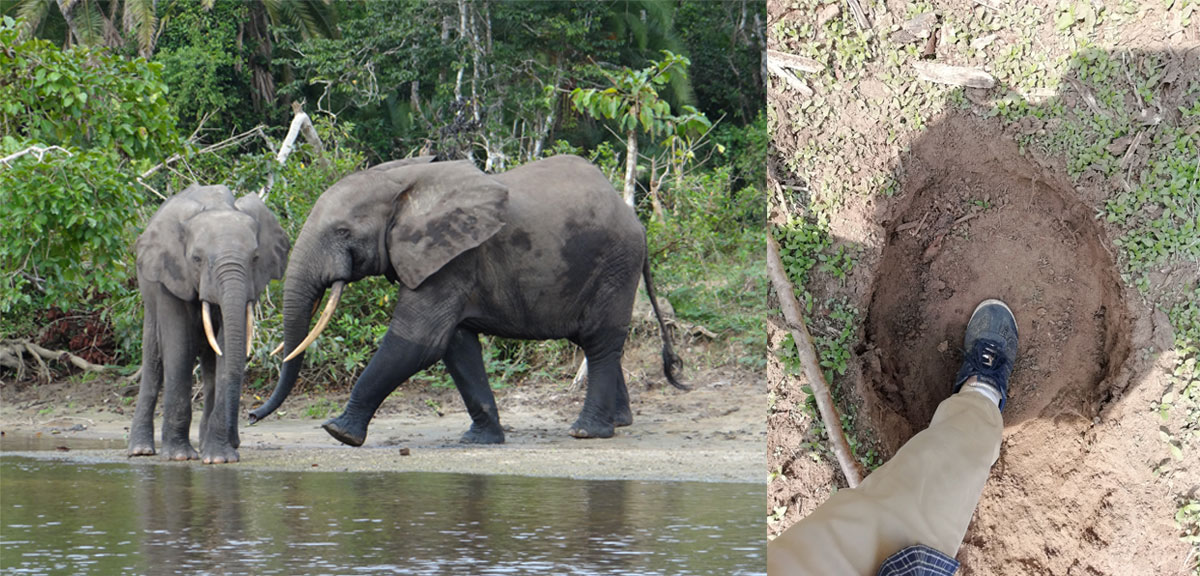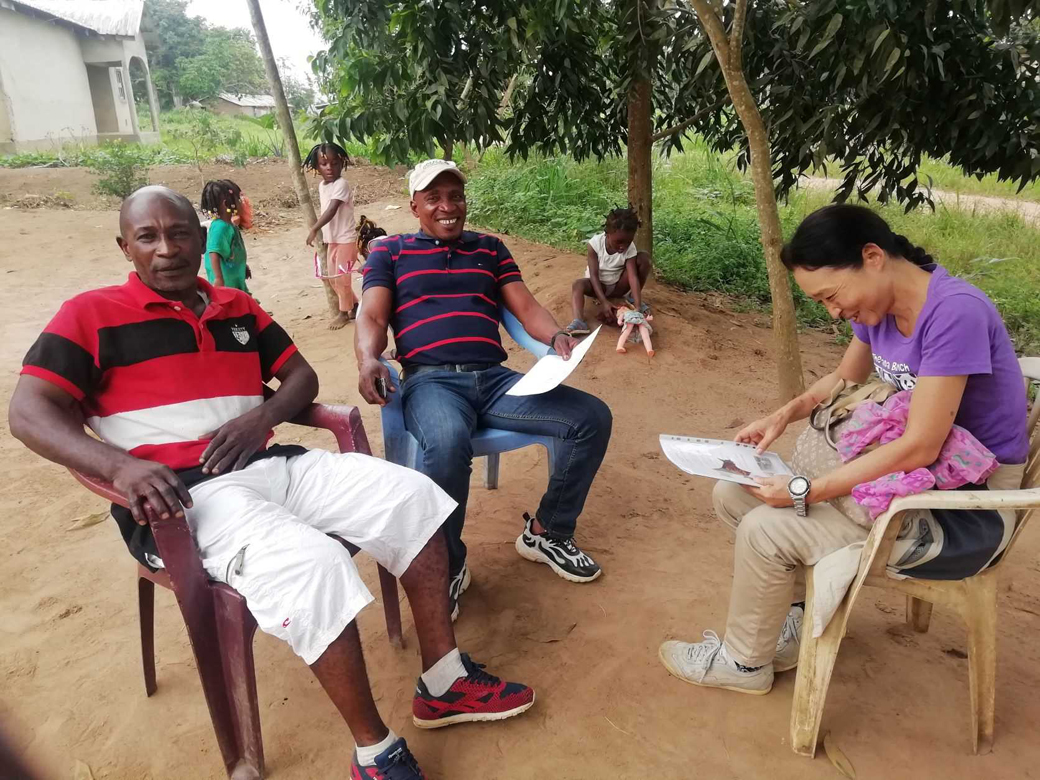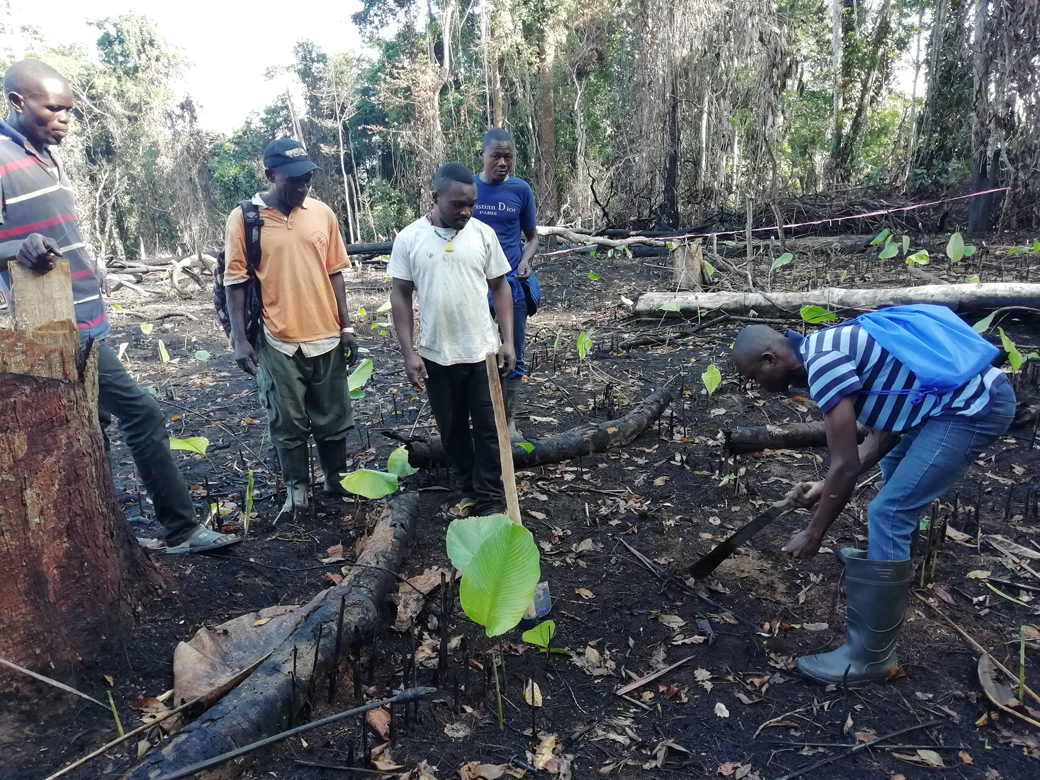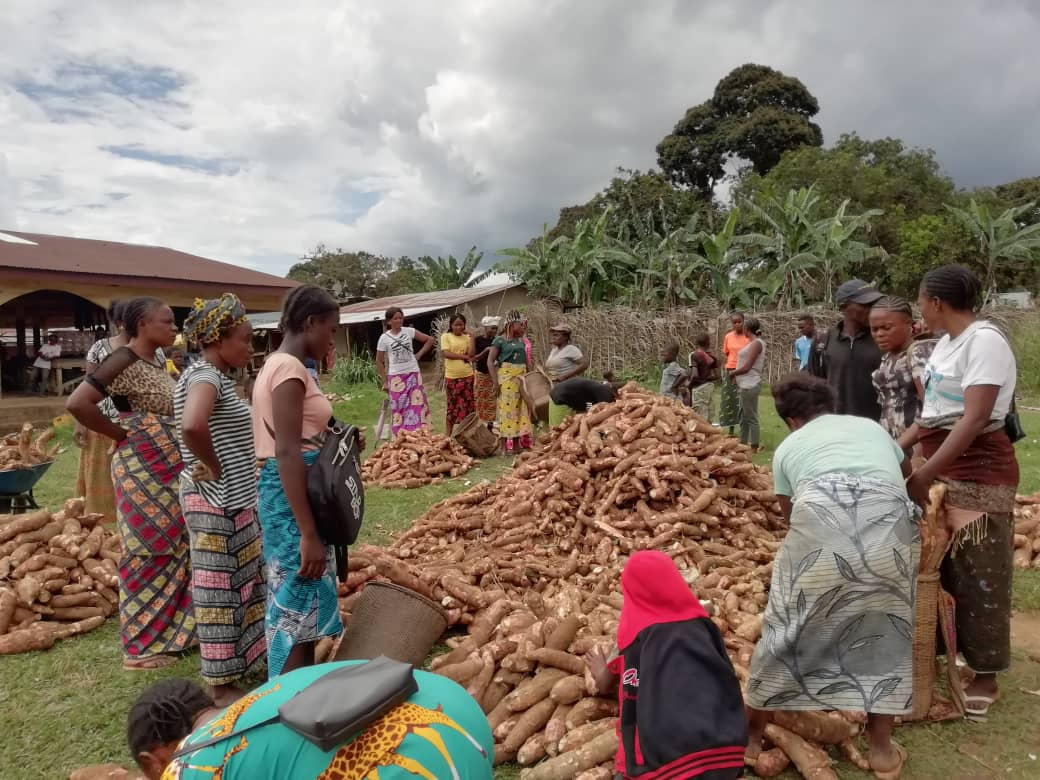
Community Stability Conserves Wildlife
Eliminating wildlife crime requires
(1) Establish laws and ensure their enforcement;
(2) Demand reduction
(3) Local communities around habitats can live in stability.
For example, to prevent illegal hunting of elephants, it is important to
(1) increase the number of rangers, and increase the penalties for smuggling
(2) reduce the price of ivory by discouraging people from buying it, thereby eliminating incentives for poaching and smuggling.
Local communities around habitats can be considered to be at the boundary between the wild world under the laws of nature, and the human world driven by economics. Consumption in countries of strong economic power is changing local communities in distant countries, which is making the wild world shrink.
Particularly with regard to ivory, the Japanese government insists that sustainable use is the way to preserve elephants. At “the Advisory Council on Regulation of Ivory Trade” held by the Tokyo Metropolitan Government for a little more than two years from 2020, there was an opinion to the effect that “there is agricultural damage caused by elephants in Africa, so killing elephants and trading ivory is good for Africans.” However, since local communities and nature vary from region to region, there is no single answer to help local communities become self-reliant, make a living, and stabilize their lives.
JWCS’s habitat support activities aim to accumulate small achievements to give hope to local people, and to diffuse its information so that the situation of the habitat is understood in distant Japan.
Reference: Video「Why closure of Japanese ivory market required?」(2019)

Left:African forest elephant、Right: Elephant footprint
Two projects in Mbomo Village, Odzala-Kokoua National Park, Republic of Congo
1. Fences to protect fields from crop raiding by forest elephants [Grant from the Japan Trust Global Environment]
In District of Mbomo, which stretches around the southern boundary of Odzala-Kokoua National Park, elephants have recently been devastating fields in many villages. It seems that many forest elephants have been coming out from deep inside the park to the vicinity of the villages, of which the reason is not known. The mainly damaged crop is cassava, their staple food, and the government has provided food aid but only temporarily. The villagers’ wish is to get income from agriculture which is their main activity, and raise their children without being disturbed by the “elephants protected by the government.”
The national park authorities are planning to enclose the entire village with an electric fence, but the installation has not progressed and there are many fields outside the planned fence area. In order to prevent elephants from entering such fields, fences are made of used cloth soaked in waste engine oil and chili pepper solution (see the photo at the beginning of this article). Not only protecting villagers’ fields, the project also cultivated its own field and we were able to protect it for a year and harvest a large number of cassavas in September 2022.
We plan to disseminate information on the advantages and disadvantages of this method as a measure to mitigate conflict with forest elephants, which has been less studied than the one for the savanna elephants.
Read more
Harvested cassava is sold at the village market.
2. Revitalizing the village through youth training [Grant from the Pro Natura Foundation Japan]
The devastation of fields by forest elephants mentioned above has become a serious problem for the village community as a whole. Not only is there economic hardship due to the loss of agricultural income, but there is also a loss of motivation to cultivate new fields (traditional agriculture is practiced around the village, where families cultivate fields, cultivate them for several years, and then leave them to return to the forest, so-called slash-and-burn agriculture). In addition, the number of park employees is small, so there are no other jobs that provide cash income. Many young people subsist on one-time jobs that provide cash income on a daily basis, leaving them virtually unemployed, and some use marijuana. In addition, due to the high proportion of young people, who have children in their teens and bear many children, self-sufficiency in crops to feed their children is important, but is being hampered by the elephants.
Therefore, this project aims to have motivated young people work on their own to solve problems in their villages, to spread these practices to the entire village on a family basis, and to stabilize the local communities around the national park, so that the conservation of wildlife, including forest elephants, can continue. Specifically, we will gather motivated youths and provide them with opportunities for practical training in such areas as taking measures against human-elephant conflict, increase agricultural income, introducing crops with shorter growing seasons than cassava, and processing and selling these crops.


All Photos : Mikiko Hagiwara


